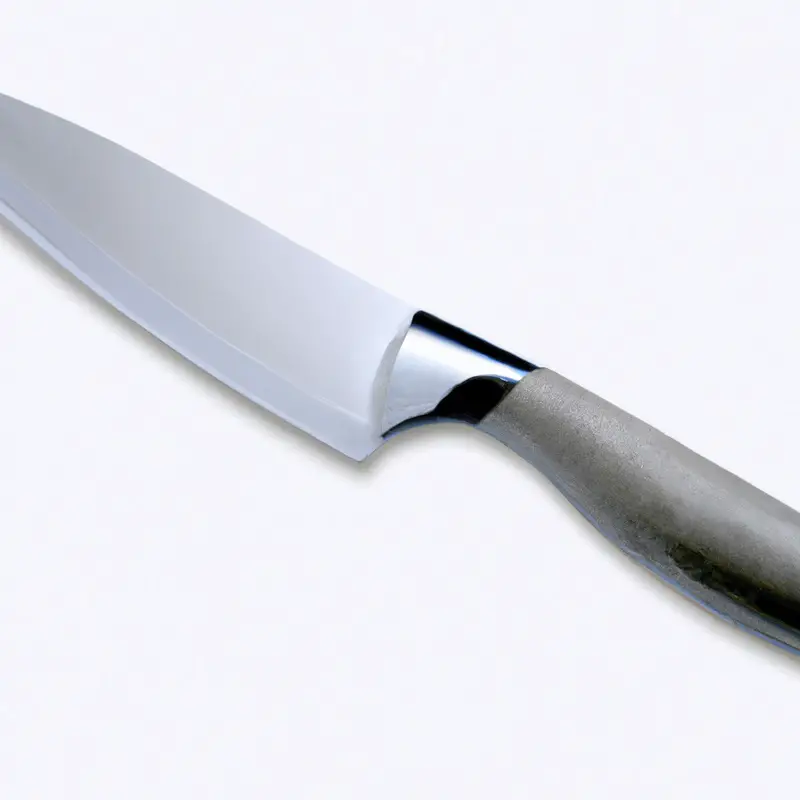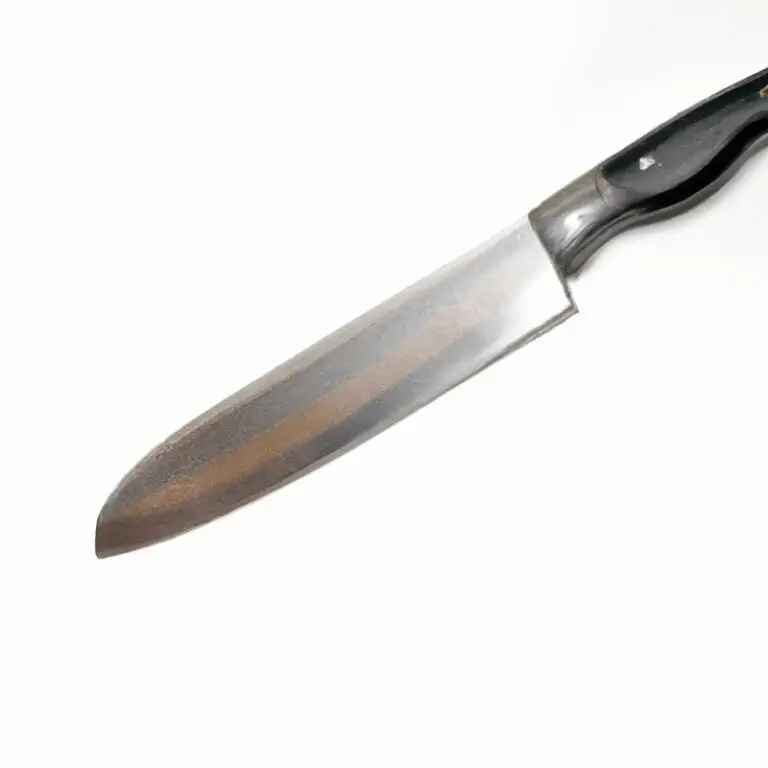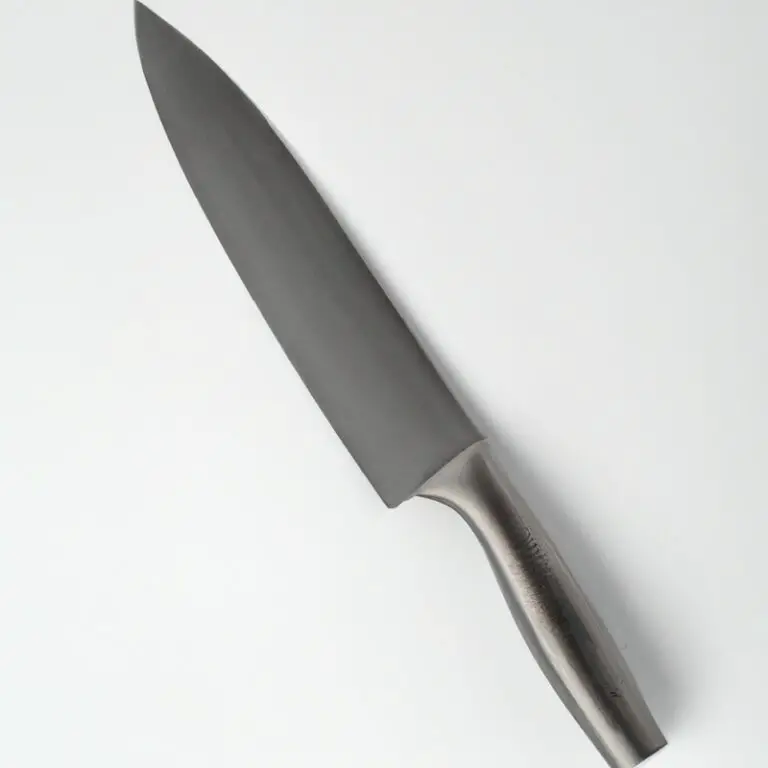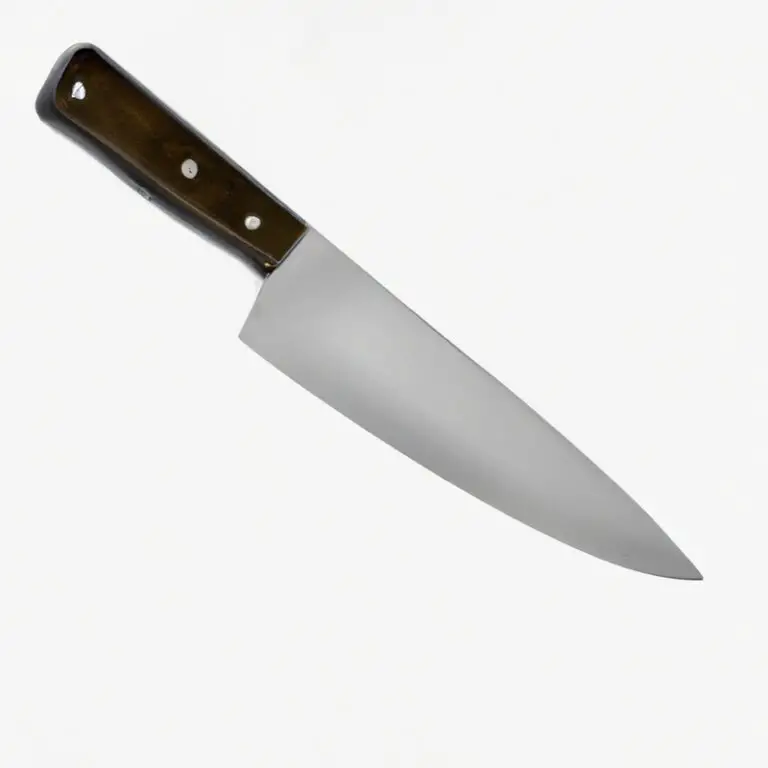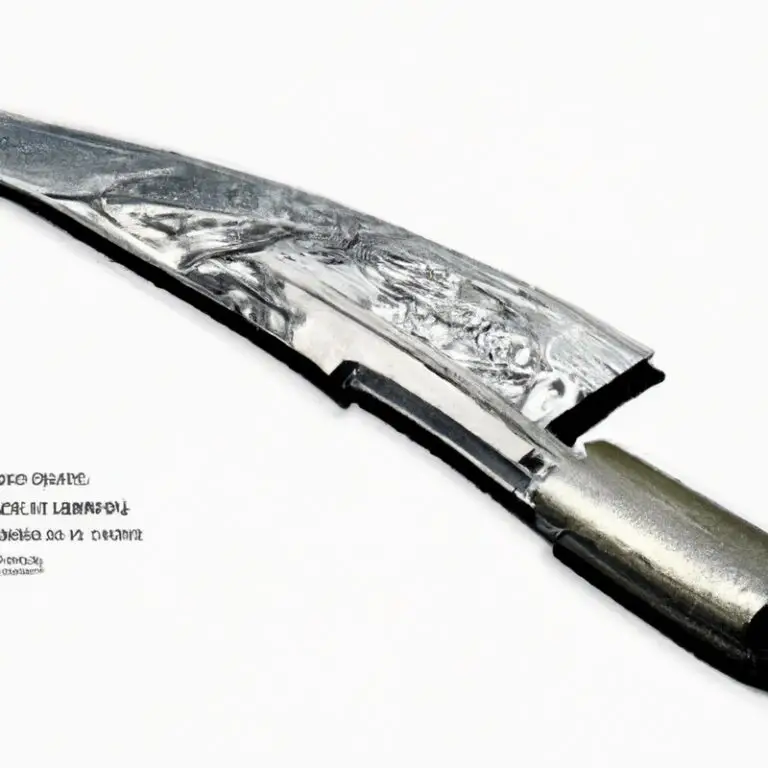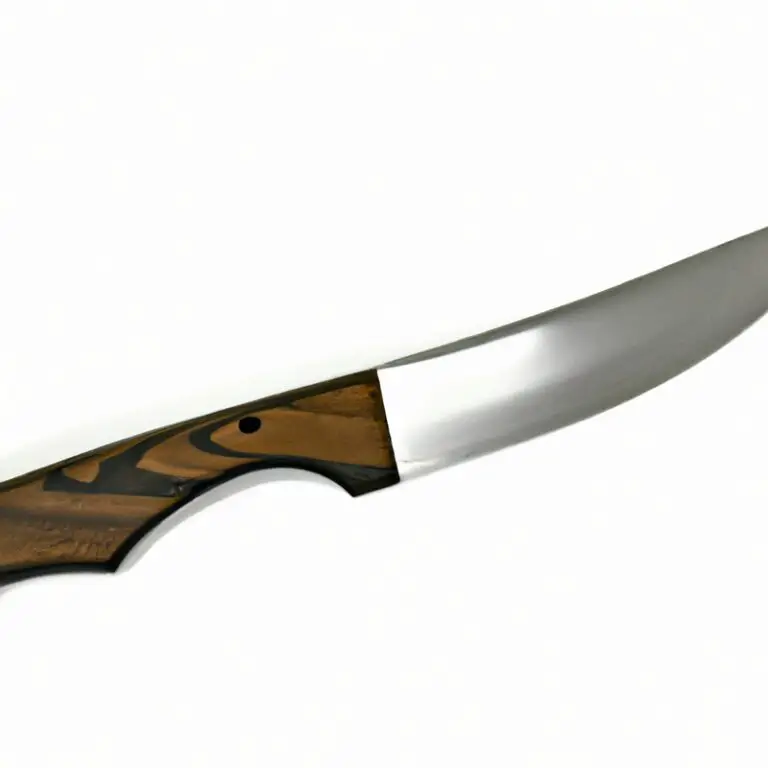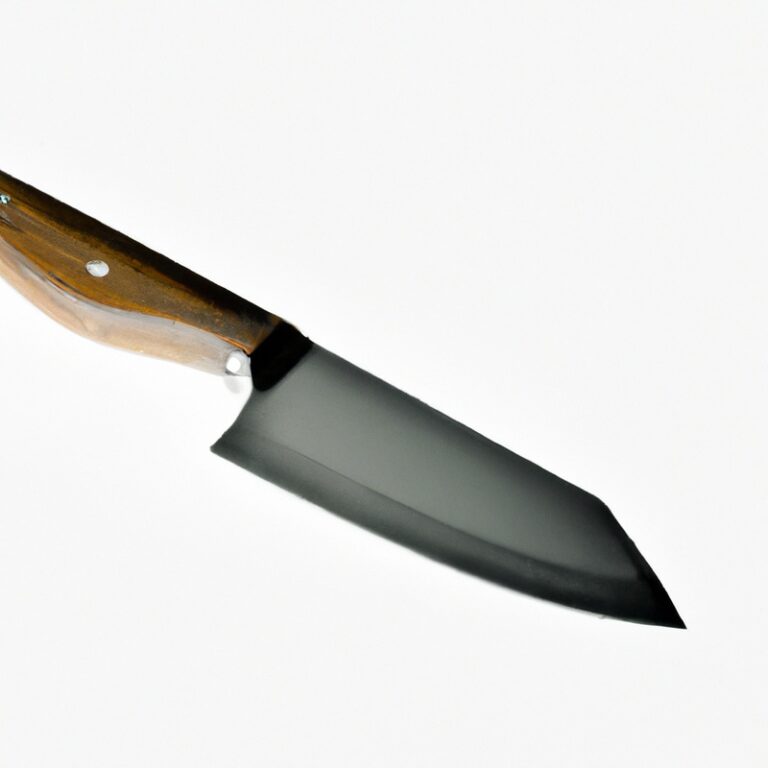How To Fillet a Fluke Using a Fillet Knife? Try It Like a Pro!
Key Takeaways:
- A sharp fillet knife is crucial to filleting a fluke effectively and safely.
- Knowing the anatomy of a fish and proper cutting techniques can greatly improve your filleting skills.
- Practice and patience are necessary to become proficient in filleting a fluke.
- Proper cleaning and maintenance of your fillet knife will ensure its longevity and effectiveness when filleting fish.
Do you love fishing and want to learn how to fillet a fluke like a pro? Filleting a fluke might seem like a daunting task, but with the right techniques and tools, it can be surprisingly easy.
In this article, I will guide you through the step-by-step process of filleting a fluke using a fillet knife.
From selecting the right knife to preparing the fish and removing the skin and bones, I’ll cover everything you need to know to fillet a fluke like a pro. Don’t worry if you’re new to filleting.
Whether you’re a beginner or an experienced angler, I’ve got you covered with tips, tricks, and safety measures to make your fluke filleting experience seamless and enjoyable.
| Steps | Instructions |
|---|---|
| Step 1 | Lay the fluke flat on a cutting board and insert your fillet knife into the fish’s body behind its head. Cut through the fish’s bones and all the way down to the tail. |
| Step 2 | Turn the fluke over and insert the knife behind its head again. Cut along the fish’s spine to the tail, being careful not to puncture the fish’s organs or the rib bones. |
| Step 3 | Cut through the rib bones along the bottom of the fluke’s body. |
| Step 4 | Remove the fillet from the body by running the fillet knife along the backbone. |
| Step 5 | Repeat the process on the other side of the fluke to remove the second fillet. |
Selecting the right fillet knife for fluke filleting
When it comes to filleting a fluke, selecting the right fillet knife is crucial to ensure a smooth and efficient process. A good fillet knife should have a thin, flexible blade that allows for precise cuts and easy maneuverability around bones and curves.
Look for a blade length between 6-9 inches, depending on the size of the fluke.
A handle with a comfortable grip is also important for maintaining control and preventing hand fatigue. Consider a fillet knife with a finger guard to protect your hand from slipping onto the blade.
Stainless steel blades are preferred for their durability and resistance to corrosion.
Remember to sharpen your knife before each use and store it properly to extend its lifespan. A high-quality fillet knife may be an investment, but it can make all the difference in achieving a perfectly filleted fluke.
Essential safety measures before starting the filleting process
Before starting the filleting process, it is important to take essential safety measures to avoid injury. Make sure to have a clean and stable working surface and a sharp fillet knife.
Always keep the knife pointed away from your body and use a cutting glove or other protective gear to prevent cuts.
Use caution when handling the fish and avoid putting your fingers near the blade. Additionally, be aware of the location of other people and pets in the area to prevent accidents.
By taking these safety precautions, you can ensure a safe and successful filleting experience.
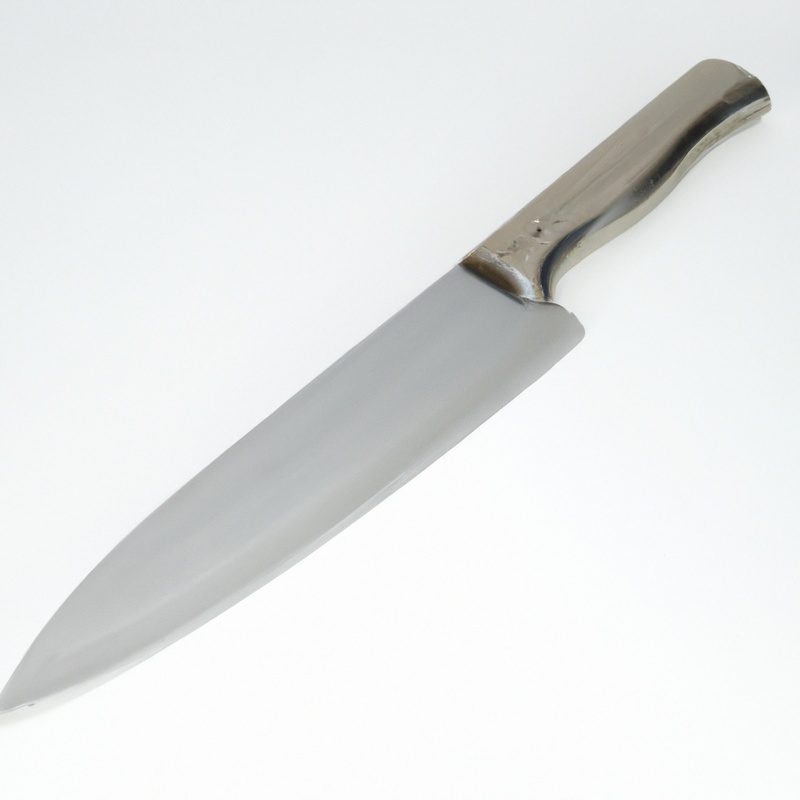
Preparing the fluke for filleting
Before filleting a fluke, it is important to prepare the fish properly. Start by removing the scales with a scaling tool or the back of a knife.
Next, make an incision behind the gills towards the head and cut down the belly towards the tail.
Insert your fingers and remove the entrails, rinse the cavity well under cold water and pat the inside and outside of the fish dry with a paper towel. Place the fluke on a stable cutting board and make sure it doesn’t move around while filleting.
Proper hand placement and knife technique for fluke filleting
Proper hand placement and knife technique are crucial for successful fluke filleting. To start, grip the handle of the fillet knife with your dominant hand, placing your thumb on top of the handle for control.
Use your other hand to hold the fish steady, placing your fingers on top of the fish and your thumb beneath.
With the knife blade facing away from you, insert the tip of the knife behind the gills. Then, run the knife along the spine of the fish, applying gentle pressure to separate the fillet from the bone.
Gradually angle the knife down towards the tail, keeping the blade flush against the bone as you cut.
Once you have completed the initial cut, turn the knife blade horizontally to begin removing the fillet by running it along the rib bones. Use your finger or the tip of the knife to separate the flesh from the ribs, making slow and precise cuts until you reach the tail.
Repeat the process on the other side of the fish.
Always keep your fingers and other hand away from the blade, using a knife guard or a folded towel to protect yourself. Take your time, and make sure to sharpen your knife regularly to make the process easier and safer.
With proper hand placement and knife technique, you will be able to fillet a fluke with ease and precision.
Removing skin and bones from the fluke fillet
To remove the skin from the fluke fillet, start at the tail end and slide the blade of the fillet knife between the skin and the flesh. Continue to gently guide the knife along the length of the fillet while keeping the knife as close to the skin as possible.
Use a sawing motion to remove the skin completely.
To remove the bones, use a pair of needle-nose pliers or fish tweezers to pull them out one by one. Run your fingers along the fillet to feel for any small, hard bones that may have been missed.
Remove them using the same technique.
It’s important to remove all the bones, as they can be hazardous if swallowed. Additionally, removing the skin can result in a fillet that is more palatable for those who may not prefer the taste or texture of fish skin.
Removing skin and bones can take some practice, so don’t worry if it’s not perfect the first time.
With time and patience, you’ll become a pro at removing skin and bones from fluke fillets.
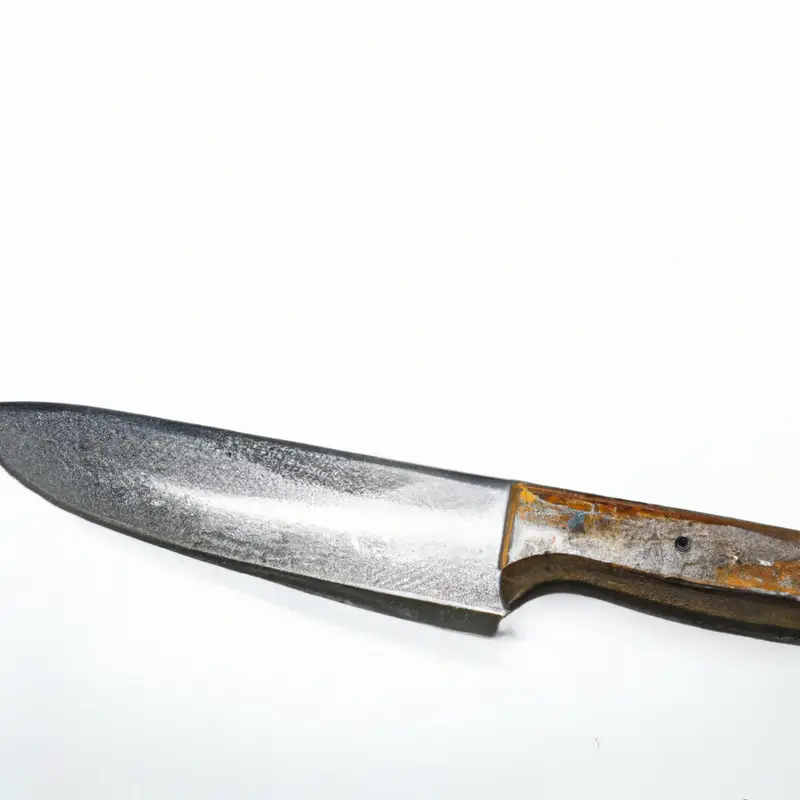
Cleaning and storing the fillet knife after use
Cleaning and storing the fillet knife after use is crucial for its longevity and ensuring safe food preparation. After use, rinse the knife with hot soapy water and dry it with a clean towel.
Ensure the blade is entirely dry to avoid rusting.
Store the knife in a sheath or a blade guard to protect it and prevent accidents. Do not store the knife in a drawer with other utensils or in direct sunlight.
Sharpen the knife before the next use to ensure easier and efficient filleting.
Proper cleaning and storing of the fillet knife after use will ensure its durability and functionality for future uses.
Tips and tricks for efficient and easy fluke filleting
- Keep the Fluke Cold: A chilled fluke is easier to fillet, as it helps to keep the flesh firm and the bones in place.
- Cut Along the Backbone: Cutting along the backbone of the fish will make it easier to remove the fillet.
- Use Sharp Knife: A sharp fillet knife is crucial in efficient and easy fluke filleting. It should be able to glide smoothly through the fish, separating meat from bones.
- Remove the Skin: To remove skin, start at the tail end and cut through the fish’s skin while gripping the flesh with the other hand. Continue until the fillet is skin-free.
- Be Careful of the Rib Bones: The rib bones of a fluke can be difficult to remove. Use the tip of the knife to make a clean cut along the bones.
- Use a Cutting Board: A stable surface, such as a cutting board, can ensure ease and safety during the filleting process.
- Practice Makes Perfect: The more often you fillet fluke, the easier and more efficient the process will become.
Alternative fluke filleting methods and equipment options
Apart from using a fillet knife, there are alternative fluke filleting methods and equipment options available that might suit your preferences. One common method is using an electric fillet knife, which can make the process quicker and less physically demanding.
Another option is a fish scaler, which removes scales before filleting.
Additionally, a fish cleaning table with a cutting board and built-in water supply can make the cleaning process easier. Keep in mind that these methods and options may require additional equipment and may require some practice to master.
Common mistakes to avoid during fluke filleting
There are several common mistakes that people make when filleting fluke that should be avoided.
- Dull Knife – Using a dull fillet knife can cause the fish to tear or make uneven cuts. Always use a sharp knife and keep it honed during the process.
- Rushing – Rushing to fillet the fluke can cause careless mistakes and lead to wasted meat. Take your time and work carefully.
- Improper Hand Placement – Incorrect hand placement can be dangerous and result in injury. Always keep your fingers and hand away from the knife’s path.
- Cutting too Deep – Cutting too deep when removing skin and bones can cause meat loss. Use a gentle sawing motion to avoid cutting too deep.
- Removing too Much Meat – Overcutting can cause you to remove too much meat from the fillet. Take your time and work precisely.
By avoiding these common mistakes, you can ensure a successful and efficient fluke filleting process.
Utilizing the fluke carcass for fish stock or other recipes
Don’t throw away the fluke carcass after filleting. The leftover bones and trimmings can be used to make fish stock, which is a flavorful base for soups, stews, and sauces.
Simply simmer the carcass with vegetables, herbs, and water for a few hours, then strain the liquid and discard the solids.
Alternatively, you can use the carcass meat for fish cakes or fish patties, which are delicious and easy to make. Chop the meat finely, mix with mashed potatoes or breadcrumbs, season with herbs and spices, shape into patties, and fry until golden brown.
Serve with your favorite dipping sauce or topping.
Other creative ways to use the fluke carcass include making ceviche, chowder, or fish pie. Experiment with different recipes and techniques to find your favorite way of utilizing this underrated ingredient.
By doing so, you can reduce waste, save money, and impress your guests with your culinary skills.
Final Verdict
Filleting a fluke takes practice and patience, but with the right tools, techniques, and safety measures, it can be a rewarding and delicious experience. Remember to select the right fillet knife for the job, prepare the fluke properly, use proper hand placement and knife technique, and clean and store your knife after use.
Utilizing alternative filleting methods and equipment options can also make the process more efficient and enjoyable.
Whether you’re a seasoned angler or a beginner, these tips and tricks will help you avoid common mistakes and make the most of your fluke catch. So go ahead, fillet that fluke, and enjoy the fruits of your labor in a delicious seafood dish or homemade fish stock.
With these skills, you can confidently tackle any filleting task and impress your dinner guests with your culinary talents.

